Quickly describe the emotions depicted here …..
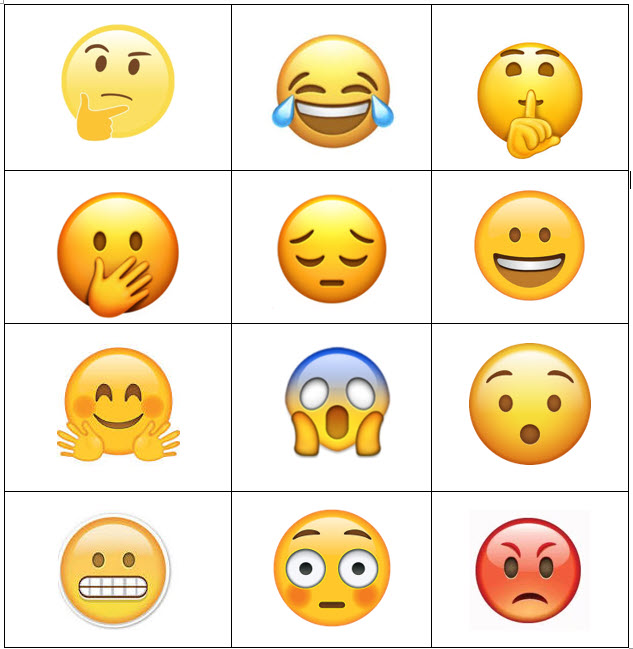
Need some help?
If you practice making the facial expressions that go along with these emotions and you will become better at recognizing them in other people.
Emoji symbols have taken over words – have you noticed? These universally agreed faces describe emotions much more quickly than writing the words could.
And they are fun!
How do we read faces?
Dr. Elkhonon Goldberg tells us that our “executive intelligence” includes the ability to “penetrate other people’s minds” and we start by looking at the face and the emotion being expressed.
Psychologist Paul Ekman has spent decades researching how we identify emotions through facial expressions and he found seven emotions that are expressed in our faces in fairly universally consistent ways:
- Surprise
- Fear
- Disgust
- Contempt
- Anger
- Sadness
- Happiness
Tips to help you better read the facial expressions of others.
Micro-Expressions
Not all facial expressions last for long. Those that pass quickly are called micro-expressions and are almost indiscernible to the casual observer. You may sense these micro-expressions if you get a “feeling” about someone.
Eyebrows
Eyebrows tell a lot about what a person is feeling.
They can be…
- Raised and arched (surprise)
- Lowered and knit together (anger)
- Inner corners drawn up (sadness)
Watch someone’s eyebrows to get a hint about how that person is feeling.
Eyes
The only thing more telling than the eyebrows are the eyes themselves. They might be
- Wide open (surprise)
- Intensely staring (anger)
- Have crow’s feet crinkles (happy)
In addition, dilated pupils can indicate fear or romantic interest, while rapid blinking might signal dishonesty or stress.
Mouth
The final piece of the facial expression puzzle has to do with the mouth. Look for:
- A dropped jaw (surprise)
- Open mouth (fear)
- One side of the mouth raised (hate)
- Corners raised (happiness)
- Corners drawn down (sadness)
Other signals to look for are:
- Lip biting (anxiety)
- Pursed lips (distaste)
- Covering the mouth (hiding something)
Here’s a quick brain teaser to workout your frontal lobes: From left to right, top then down, what emotion does each facial expression suggest to you?
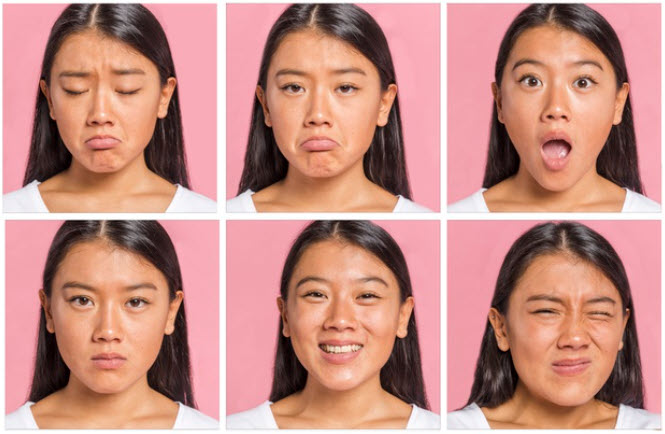
Check your interpretation
Fun fact: As part of his research, Dr. Ekman learned how to consciously manipulate 43 facial muscles, including many that in most of us are beyond our control and even awareness.
Further research:
At a more-in depth level, Ekman said (1999) we can include: Amusement, contempt, contentment, embarrassment, excitement, guilt, pride, relief, satisfaction, sensory pleasure, or shame.
SOURCE: Ekman, Paul (1999), “Basic Emotions”, in Dalgleish, T; Power, M, Handbook of Cognition and Emotion, Sussex, UK: John Wiley & Sons.

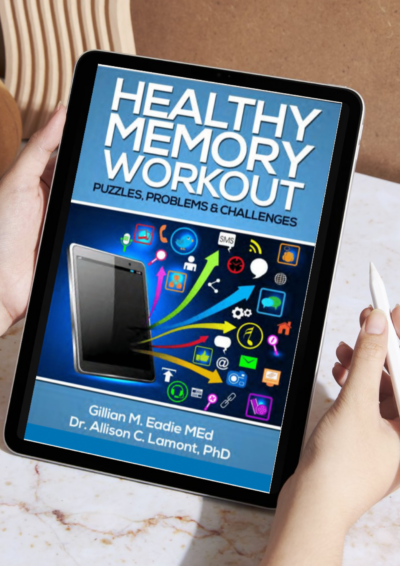
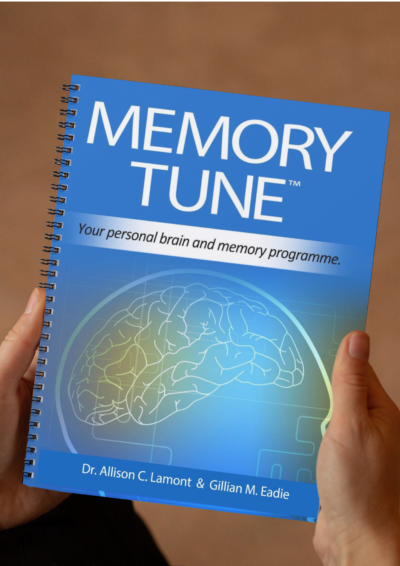
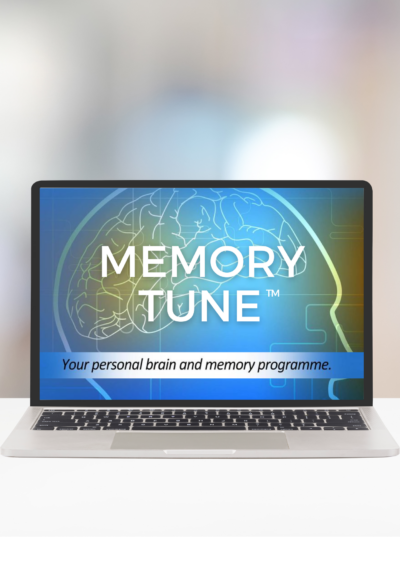
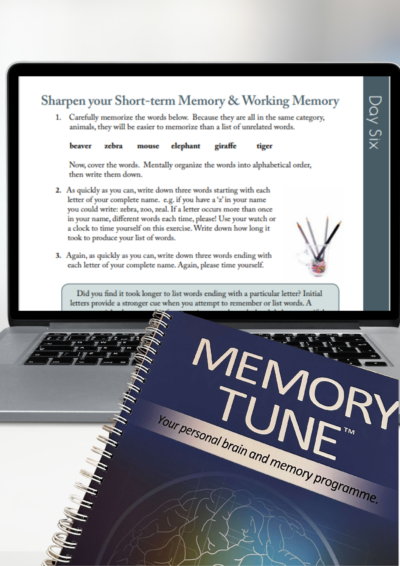
I got them all right except the final one which I saw as pain or trying to work out something that is difficult to decipher! Way off the mark.
Sometimes context can change the meaning of an expression so you may not have been off the mark, depending on circumstances. Fascinating, isn’t it?
The second face I got as unhappy but I could not work out the last face. All the others were correct.
Actually, there is no ‘right’ answer to these expressions because the context makes all the difference. When I look at the last face, I interpret it as trying to find an answer to something difficult – or trying to find a way to avoid getting into trouble!